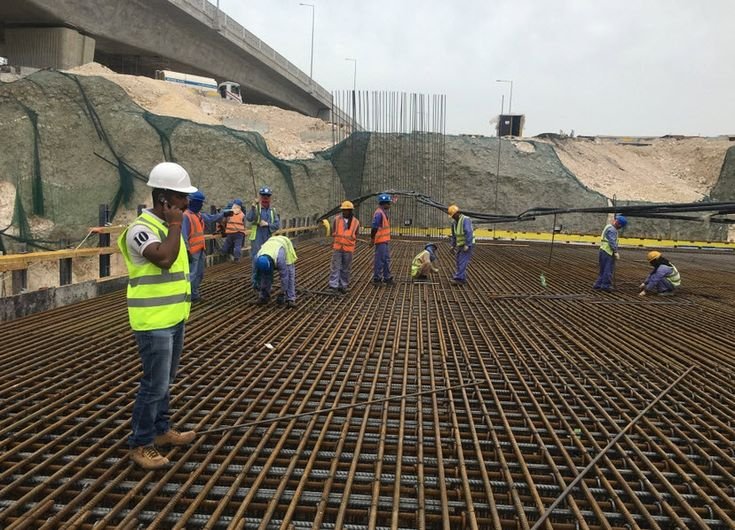Advanced steel reinforcement principles encompass various aspects beyond the basic placement of steel bars in concrete. It includes understanding corrosion mechanisms, using advanced materials like Fiber-Reinforced Polymer (FRP) rebars, and employing sophisticated design methods like working stress and limit state design. Furthermore, it involves considering durability aspects, such as concrete cover and chloride ion concentration, and utilizing techniques like Eddy Current Testing (ECT) for corrosion assessment.
The reinforcement learning technique is a control-theoretic trial-and-error learning method with rewards and punishments of a sequence of actions. In this technique, an agent learns from the environment by interacting. Then the decision is made through the feedback from this environment. This technique is a control-theoretic trial-and-error learning method with rewards and punishments of a sequence of actions.
Safety and risk management are distinct but intertwined concepts. Safety management focuses on identifying and eliminating hazards in the workplace or environment. Risk management, on the other hand, assesses the likelihood and potential impact of hazards and implements strategies to control or mitigate them.
Supervision and project coordination are distinct but related aspects of project management. Supervision involves overseeing and directing the project's activities, ensuring tasks are completed according to plan and quality standards, while project coordination focuses on organizing and managing the project's day-to-day operations and tasks.
Troubleshooting and innovation are related in that troubleshooting, which involves identifying and resolving problems, can lead to innovative solutions. Effective troubleshooting often requires thinking outside the box and exploring new approaches to problems. Conversely, innovation can be fueled by identifying and addressing challenges effectively.





